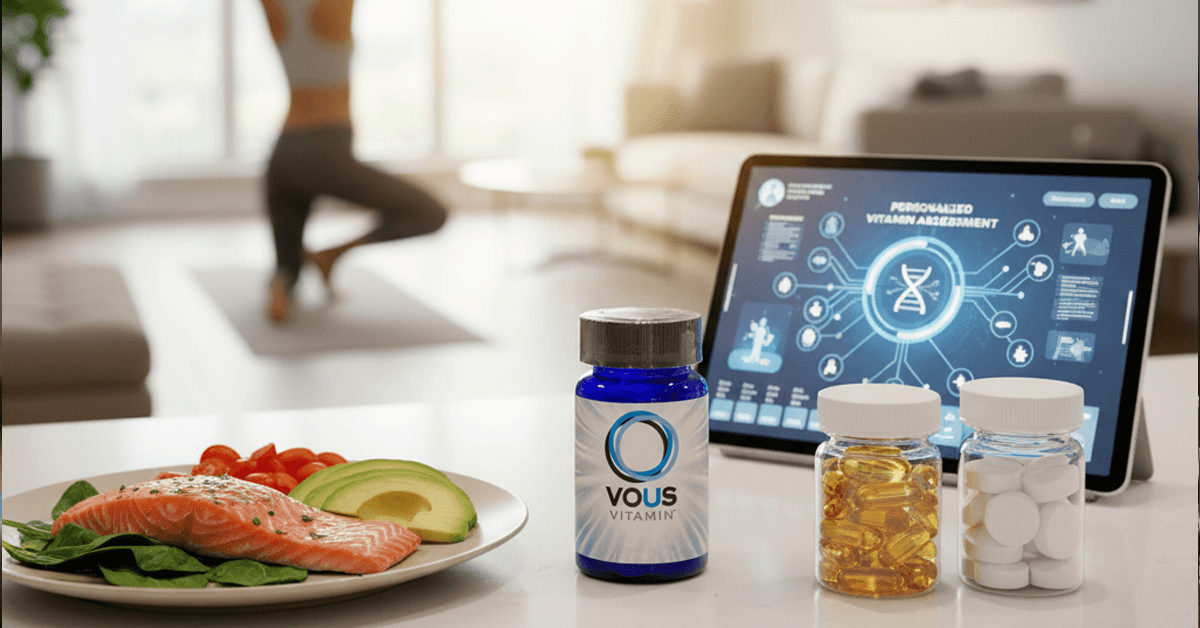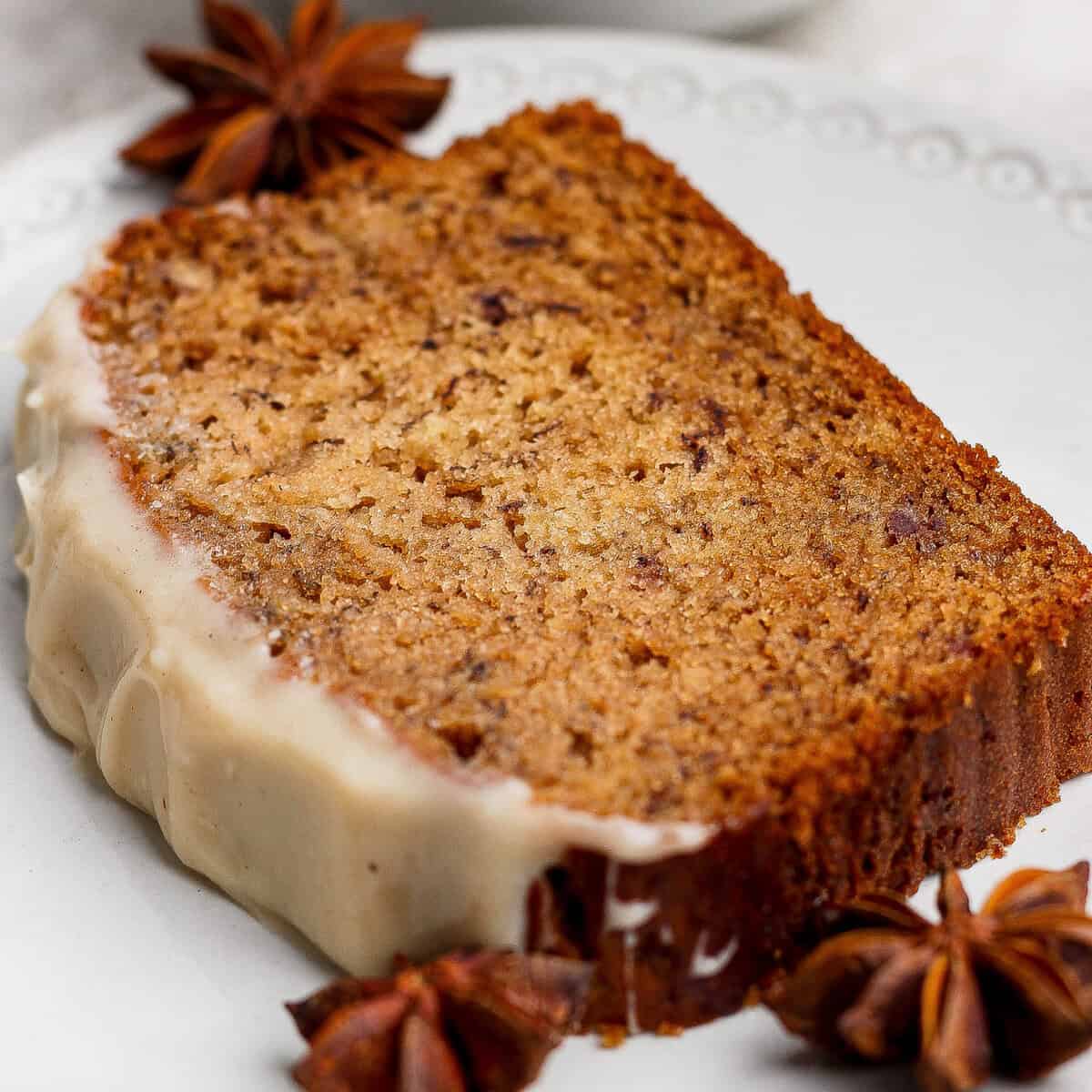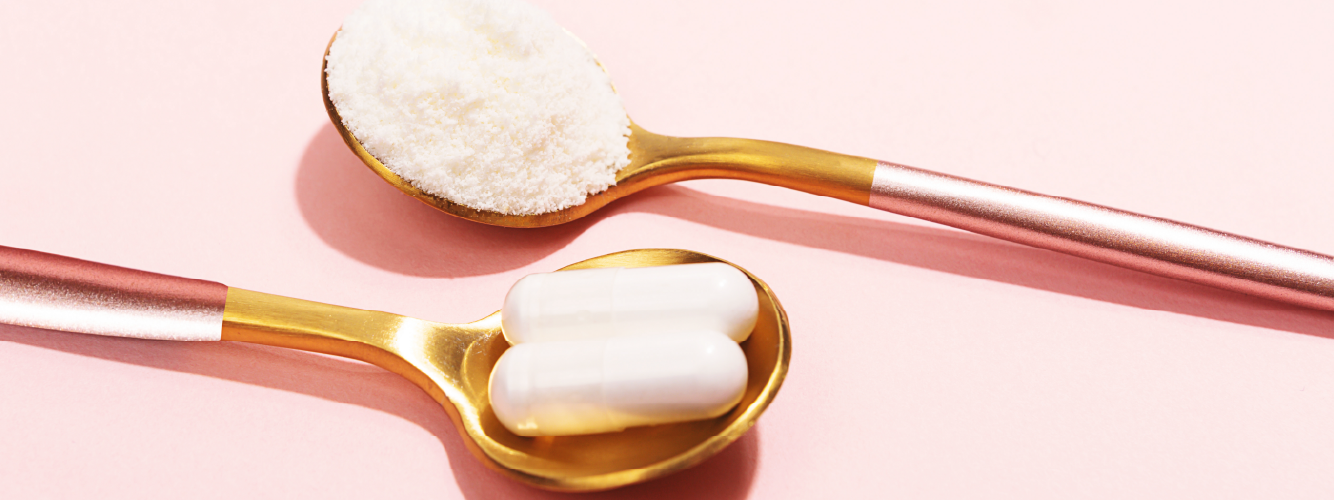On Sunday February 9, 2025 the Philadelphia Eagles will take on the Kansas City Chiefs in Super Bowl LIX. Travis Kelce will be there. Taylor Swift will no doubt be cheering him on. Kendrick Lamar is slated to perform the halftime show. There’s a lot to look forward to.
Here at Outside, we are still thinking about an infographic published by the Athletic in the fall of 2024, which charts, of all things, the sheer volume of Uncrustables being consumed by the NFL. Yes, that’s right, if you haven’t heard, professional football players eat an ungodly amount of the pre-packaged, crust-cut-off, frozen peanut butter and jelly sandwiches sold by Smuckers and available in virtually every grocery store. According to the Athletic, NFL teams are tucking into somewhere upwards of 80,000 Uncrustables a year. And that’s just among the teams that chose to respond to their inquiry.
For their part, Smuckers has made the most of players’ love of their iconic sammie, engaging in brand partnerships with teams like the Ravens and players like the Kelce brothers.
Now, I don’t claim to be a nutritionist, but I do devote quite a bit of rent-free space in my brain—and quite a bit of my time—to reading about and researching the latest science on diet and nutrition. And I try to reasonably modify my own and my family’s diet in response to evidence-based things that I learn.
Alcohol is connected to higher risks of at least seven types of cancer, says the Surgeon General? Alrighty, Aperol Spritzes only on special occasions moving forward. BPA is an endocrine disruptor? Never going to buy a can without BPA-free on the label! And on down the line to microplastics in kitchenware. You get the gist.
So I think what surprises me most about Uncrustables as professional athlete fuel is my perception that they fall into that most contemporary of negative food categories: ultraprocessed. Although the research on the effects of ultraprocessed foods is still emerging, early studies do suggest a link to obesity, among other potential downstream health considerations. So I guess I would assume they are, broadly put, something to be avoided, especially in the context of peak athletic performance.
But let’s challenge my assumptions, starting with my broad brush view of ultraprocessing. As a recent article published on our sister site Triathlete argues, “Sports nutrition” requires ultraprocessing in order “to create fast-digesting carbohydrates in the form of gels, chews, and beverages to keep your muscles adequately fueled.” The ultraprocessed factor of certain specially manufactured foodstuffs, argues Triathlete, ensures their capacity to meet nutritional needs in a unique way for endurance athletes. Again, as a total non-nutritionist, that feels like a fair point in their favor.
Peanut Butter and Jellies Are Pretty Amazing Workout Calories
And we do know that PB&Js are a great workout option.
Outside writer Michael Easter put it simply in a 2018 story he wrote on peanut butter and jelly sandwiches as the unassuming—but ultimate—adventure fuel: “A basic PB&J—sliced white bread, Jif, and grape jelly—contains 350 calories and 16, 45, and 11 grams of fat, carbs, and protein, respectively. That’s roughly equivalent to a Peanut Butter ProBar—a favorite among endurance athletes—with its 380 calories, 20 grams of fat, 43 grams of carbohydrates, and 11 grams of protein.” And, according to his estimates, they “[clock] in at roughly 25 cents each.”
Kelly Jones, a registered dietitian, certified specialist in sports dietetics, and owner of Kelly Jones Performance Nutrition and Student Athlete Nutrition told me that if she were my nutritionist, she’d recommend making my own PB&J or peanut butter banana sandwich “out of whole grain bread and having half or a full one depending on the timing before activity” to net out greater nutrient density.
Uncrustables aren’t that far off a typical homemade PB&J in their caloric content, coming in at around 210 calories with 28 grams of carbs, 6 grams of protein, 9 grams of fat, and 8 to 10 grams of added sugar. On Amazon, a 40 pack of Uncrustables sells for $110, which makes the cost somewhere in the neighborhood of $2.75 per sandwich. And there’s definitely something to be said for the convenience of an Uncrustable when it comes to the per-unit price breakdown.
So I guess my first assumption—that peanut butter and jelly sandwiches aren’t the best thing to eat when working out—is pretty far off the mark. That said, making one at home is definitely a better bang for your buck and probably has denser nutritional value.
But who wants to make 80,000 homemade PB&Js in a year?
What Do Nutritionists Say About Uncrustables?
To get more perspective—and to test more of my assumptions—I reached out to Cara Carmichael, a nutritionist and certified personal trainer based in Denver, Colorado. Carmichael runs her own nutrition and fitness company, Team Humble Yourself, where the mission is to educate and empower women to take responsibility for their habits within nutrition and fitness.
Carmichael gave me some really helpful food for thought. She said she likes “to think of nutrition as paralleling finance. Like a budget, you can spend your money on whatever you want, but long term, all the short-term gratification spending (like consistently eating a highly processed diet) will not lead you to an early retirement or a life full of financial freedom because of small choices that were made daily.”
As such, an Uncrustable here or there is totally fine, but “whole foods are elite,” as she said. “It takes less energy to digest ultraprocessed foods. It takes more energy (calories) to digest and process whole foods, so relying on more of a processed item for recovery isn’t something that should be habitual.”
Jones added another layer of complexity to my thinking about ultraprocessed foods as a part of athletic training and recovery. She noted that “rather than label all ultraprocessed foods as unhealthy, we should recognize they fall on a spectrum from low to high nutrient density. Athletes who burn 1,000 calories or more per day participating in their sport may have more flexibility to choose foods such as Uncrustables in their diet versus the average American just working to fit in three workouts each week.”
To emphasize that spectrum of ultraprocessing in food, Jones noted that Oreos may be an obvious example to most people, but few recognize canned beans or Greek yogurt as ultraprocessed foods. In fact, I think most of us would agree that the latter examples fall into our idea of healthy eating.
Other Post-Workout Snack Options
Carmichael gave me a whole list of great ideas for post-workout fuel that she believes can help replenish your body’s glycogen storage, repair and rebuild muscle, and enhance metabolic function. She suggested, “post workout, if you’re not ready for a bigger meal, a large bowl of yogurt or cottage cheese paired with a fruit and honey, or even a slice of toast with some turkey” are all great options.
From Carmichael’s perspective, it’s all about moderation. “Make a whole food snack or meal after a workout more of a habit, and have something like an Uncrustable when you really want it,” she said. “Moderation is key for everything!”
Even Uncrustables.
Ryleigh Nucilli is Outside’s columnist for the Pulse. Once her dad, Rob, wanted to try eating Uncrustables on a long road trip, but her sister insisted he eat the homemade variety—served on hot dog buns.
Publisher: Source link



